Some trends are ephemeral. However, some approaches to interior design stand out for their timelessness and beauty. The Japandi style is one of these trends. For those looking for spaces that balance the refined simplicity of Japanese minimalism with the cozy functionality of Scandinavian design, Japandi is the right option.
"Maybe some people think Japandi just happened, but the relationship between Japan and Scandinavia started a long time ago."
Laila Rietbergen, the author of Japandi Living
A living room where clean lines and minimalist furniture blend harmoniously with soft textures and neutral tones. It is a space that invites calm and serenity while remaining warm and attractive. This is the essence of the Japandi style: an elegant convergence between two distinct cultures, creating spaces that are both aesthetically pleasing and functionally practical.
The Japandi style lives on elements with a purpose for the space, nature in the details, a relaxation of design rules, and the peace of mind of everything being in its proper place.
This article explores the fascinating world of the Japandi style, delving into its fundamental characteristics. We will help you understand how the colour palette, materials, textures, furniture, and layout create a unique aesthetic.
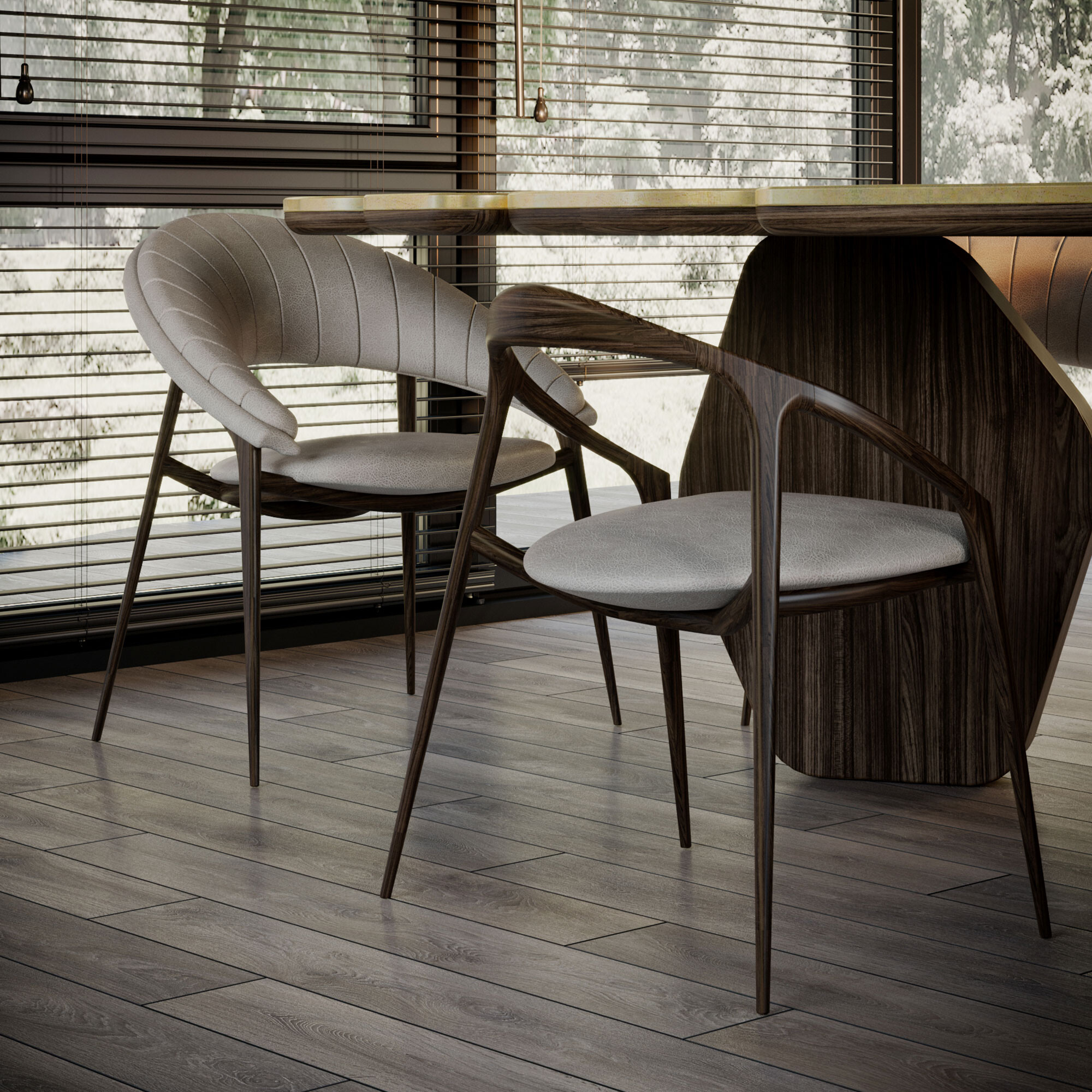

“I see Japandi as two very distinct minimalist styles that are married harmoniously”
Brigette Romanek, interior designer
The challenge of designing interior decoration requires the designer and architect to know architectural styles and decoration trends. The Japandi style (a portmanteau of “Japanese” and “Scandi”) is a fusion between Japanese minimalism and Scandinavian design that combines the simplicity and gracefulness of Japan with the functionality and warmth of Nordic countries.
According to Japandi Living by Laila Rietbergen, published by Lanoo, the style’s origins trace back to the 1860s. The idea is based on the combined aesthetic of simplicity and imperfection.
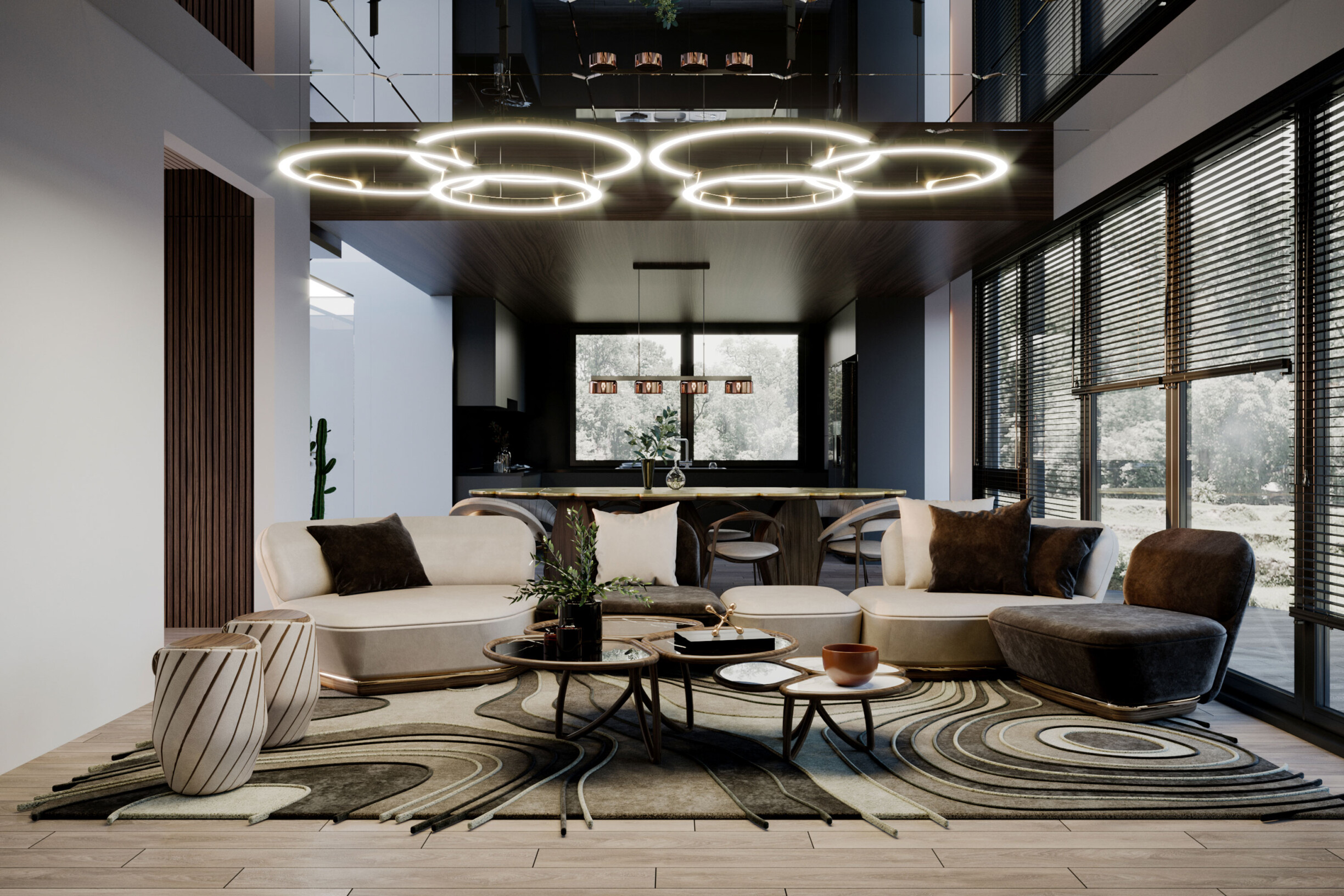
Japanese minimalism is at the heart of the Japandi style, also known as "wabi-sabi". This aesthetic philosophy is based on the "less is more" approach, simplicity, imperfection, and the appreciation of natural beauty. This principle values order and the absence of excess, creating visually calm and uncomplicated spaces. Clean lines, simple geometric shapes, and a neutral, natural colour palette are distinctive features of Japanese minimalism, reflecting a serene aesthetic that promotes inner peace and tranquility.
From Scandinavia, Japandi inherits an emphasis on functionality and comfort. Scandinavian interior designs are known for their practical, user-centered approach to space, prioritizing comfortable furniture, durable materials, and intelligent solutions. This combination of minimalist aesthetics and cozy functionality creates beautiful and comfortable living areas, making the Japandi style a popular choice for those looking for a home that is a true haven of well-being and style.
In the Japandi style, harmony between colour palette, materials, and layout plays a crucial role in creating visually appealing and functionally practical spaces. Let's explore each of these elements in detail.

The Japandi style colour palette is essential for establishing an atmosphere of serenity and balance in spaces. Therefore, it mainly consists of neutral and natural tones such as white, gray, beige, and light wood tones. These tones provide a neutral and elegant base. The choice of these colours is not random: they are chosen for their timeless aesthetics and for the feeling of calm and balance they convey.
White and gray bring luminosity and a feeling of spaciousness, while wood tones add warmth and connection with nature. Earthy tones, such as beige and light brown, add a layer of softness, creating rooms that invite relaxation and contemplation.
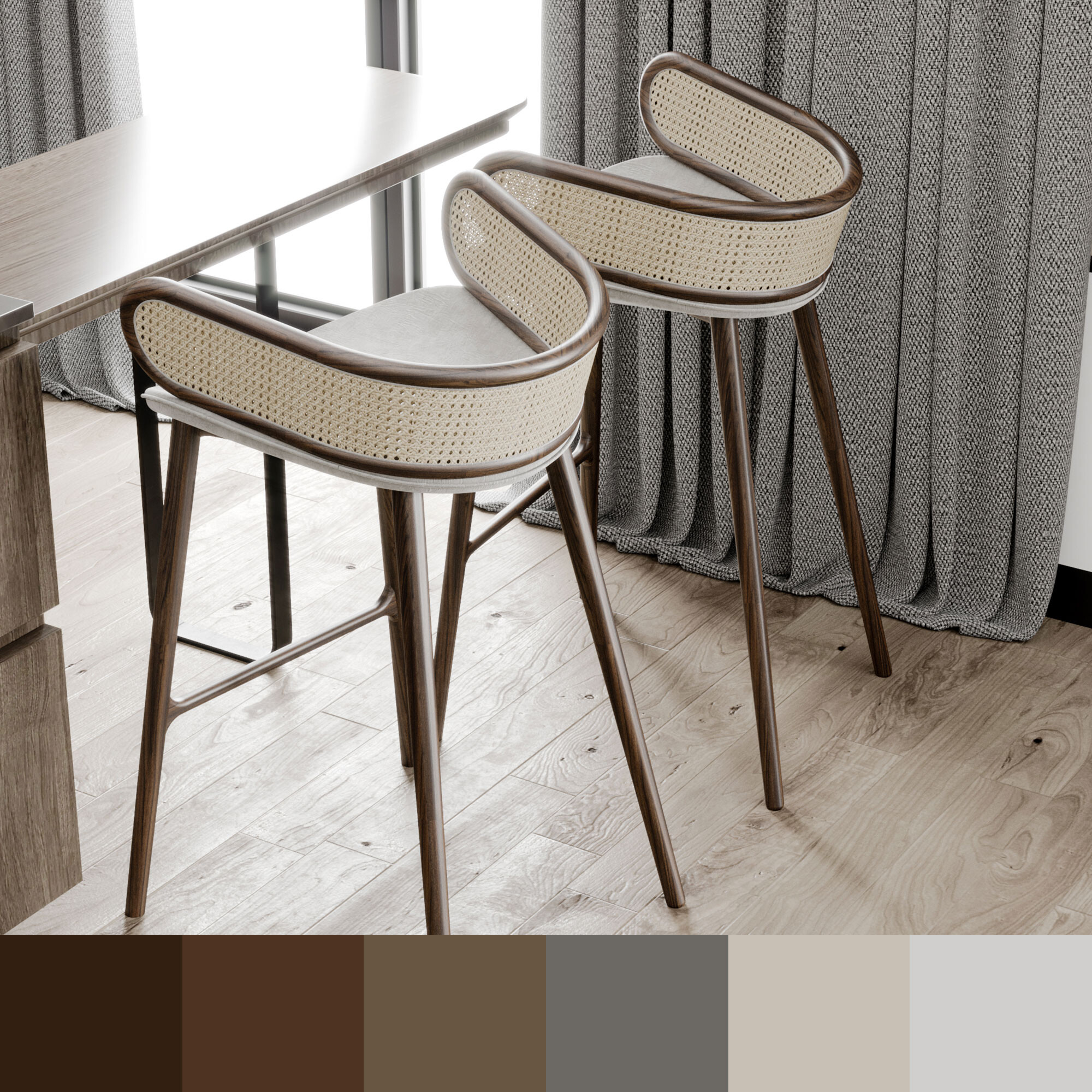
Materials and textures are crucial in the Japandi aesthetic, adding depth and visual interest to spaces. Natural wood is a central element, especially in light and natural tones. Its presence allows a connection with nature while also adding a visually exciting texture to spaces.
In addition to wood, light fabrics, and organic textures add comfort and softness to spaces. Materials such as cotton, silk, or linen are common in furniture and accessories, bringing warmth and simplicity to the space. Surfaces with slightly rough or textured finishes are preferred over polished, shiny surfaces.
For example, solid wood furniture, like the Rusak dining table from ALMA de LUCE, adds a feeling of solidity and durability to the room, while rattan details, like the Metamorphosis armchair, with the rattan back wrapped in walnut wood crafted by incredible craftsmen, bring an organic texture and a connection with nature.
Furniture and layout are the last main elements when creating spaces according to the Japandi style. The aim is to combine minimalist design with practical functionality. Therefore, furniture tends to have straight lines and smooth contours without excessive ornaments or details. Shapes are selected to be functional and valuable.
Pieces are chosen for their beauty as well as their functionality, with an emphasis on versatile and multifunctional designs that maximize the use of space.
The layout of the spaces is carefully planned and designed on a moodboard to promote a feeling of harmony and balance. The furniture is intelligently distributed, and exceptional attention is paid to the circulation and organization of the space. For example, in a Japandi living room, furniture is arranged to create distinct zones for relaxation, socializing, and work, with an emphasis on fluidity and connection between different spaces.
Now that we've explored the key elements of the Japandi aesthetic, it's time to discover how you can apply this style to your interior design projects. Here are 7 practical guidelines to help you create authentic and welcoming Japandi spaces:
1. Simplify decor
In Japandi style, less is more. Therefore, the best strategy is a minimalist decoration, removing excess objects and keeping only the essentials. Choose functional and aesthetically pleasing decor pieces to avoid visual overload.
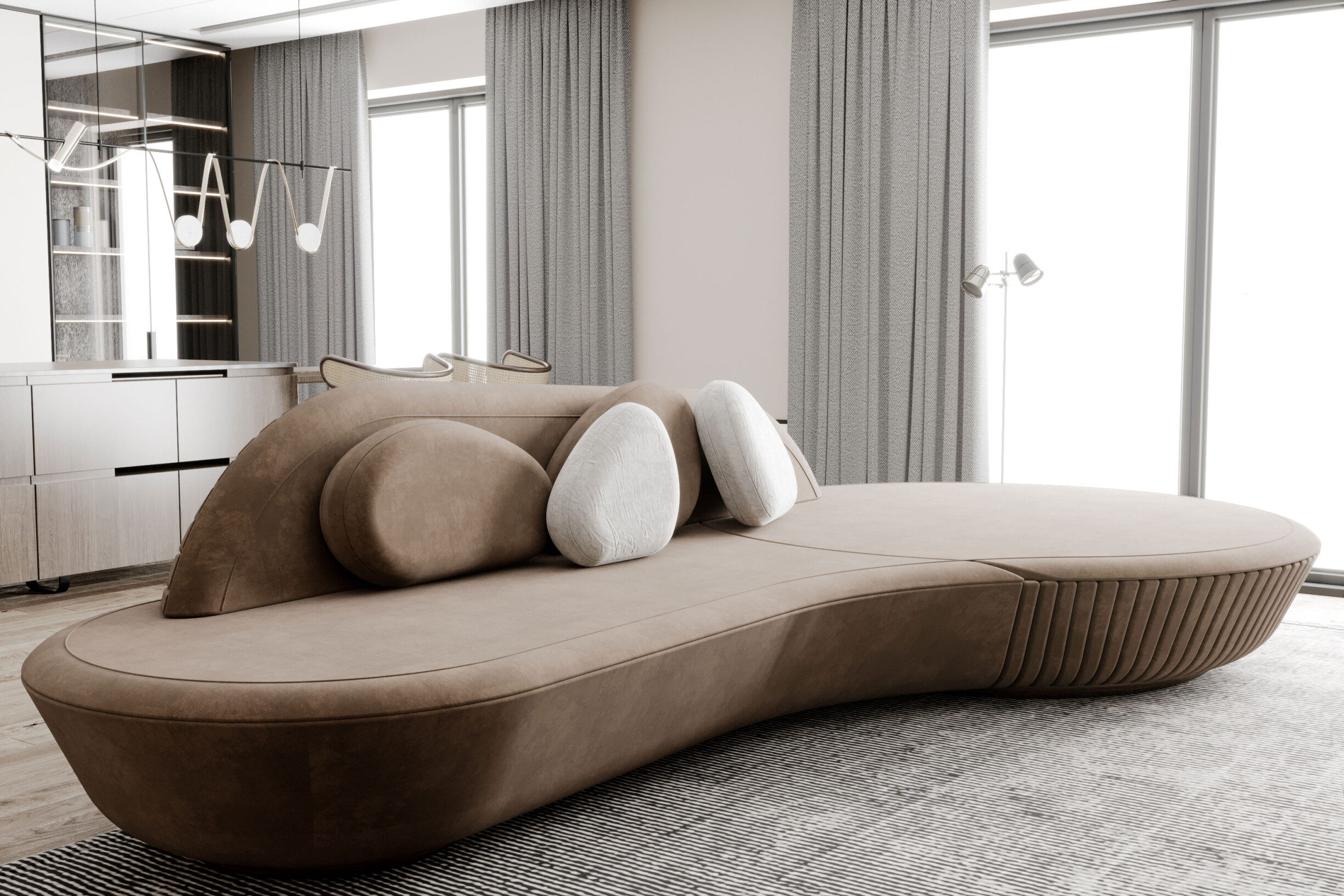
2. Choose functional and elegant furniture
Prioritize furniture that is elegant and functional. Opt for pieces with clean lines and simple designs that blend harmoniously into the space. Multifunctional furniture such as the Al-Hijr sofa from ALMA de LUCE or tables with built-in storage are especially suitable.
3. Prefer a neutral and natural colour palette
White, gray, beige, and wood tones are ideal for Japandi spaces, maintaining softness and harmony. Neutral, natural tones create a feeling of calm and serenity while allowing design elements to stand out.
For example, you could paint the walls in a soft shade of gray or beige and add pops of colour through accessories like cushions or rugs. Remember, the goal is to create a serene, relaxing atmosphere.
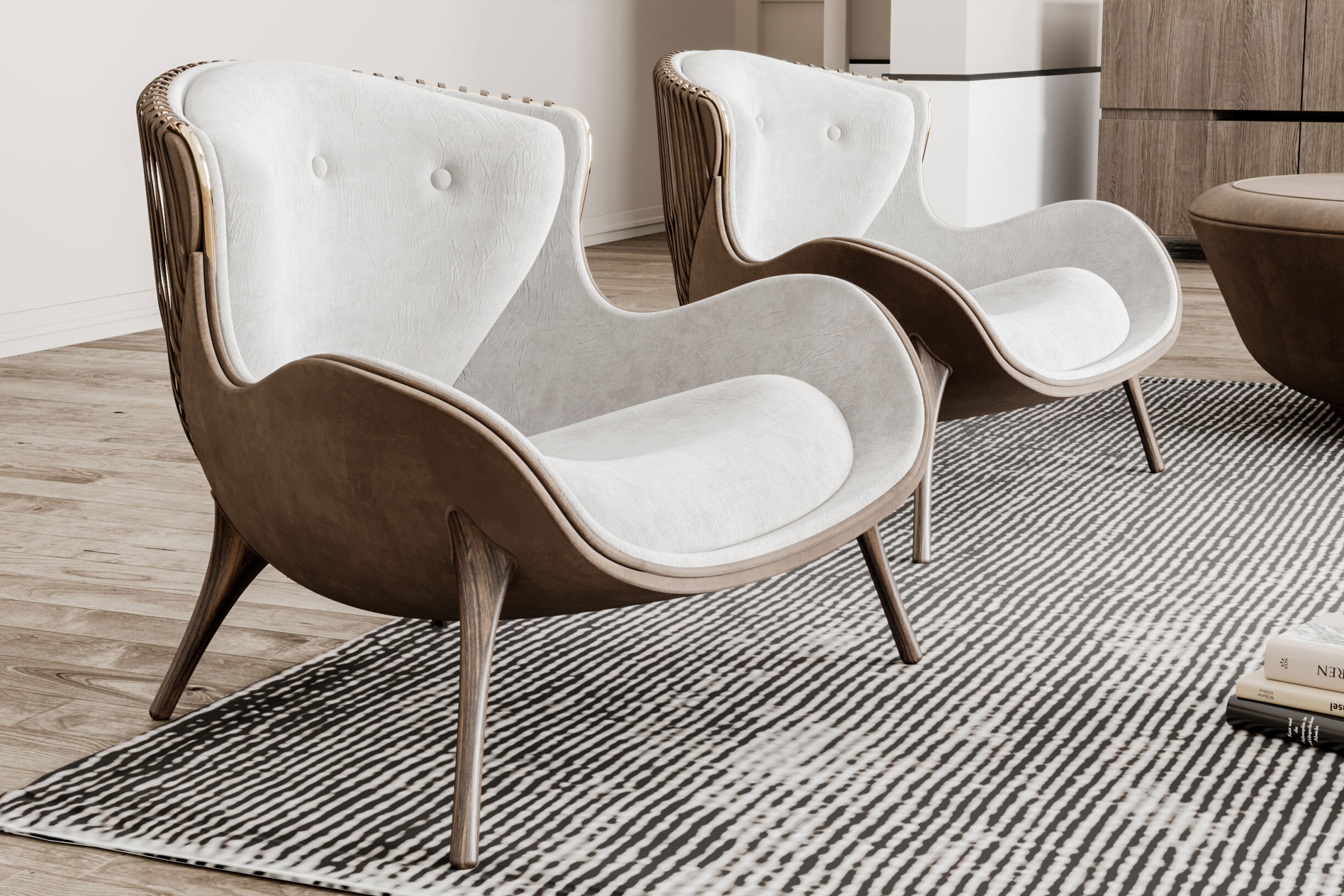
4. Add touches of nature
The influence of nature on interior spaces is one of the interior design trends in 2024, and in the Japandi style, it is powerful. Bring nature into your rooms by adding plants and natural elements to the decor. Green plants add a touch of colour and life to a space, but they also help purify the air and create a healthier atmosphere.
5. Experiment with organic textures
Incorporate organic textures, such as wood, rattan, cotton or linen, to add depth and visual interest to Japandi spaces. For example, a 100% New Zealand wool hand-tufted rug like the Tecelã rug from ALMA by LUCE adds an interesting texture to the space.
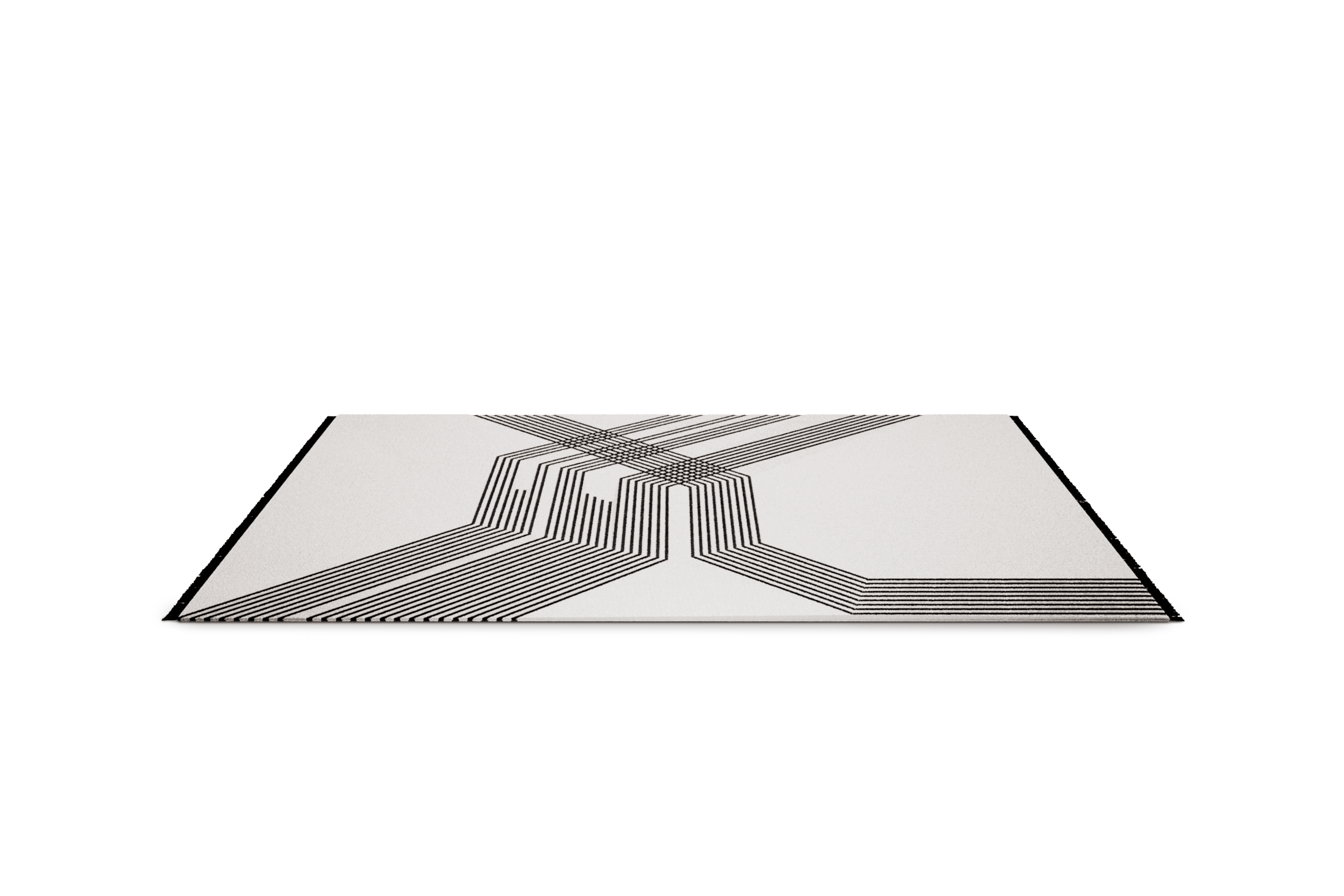
6. Prioritize natural lighting
Make the most of natural light in Japandi spaces by keeping windows unobstructed and opting for sheer curtains that allow light to pass through. Large windows, skylights, and sliding doors are common in this style, maximizing light entry and connecting indoor areas with the outdoors. Add points of soft, diffused artificial light to create a welcoming atmosphere at night.
7. Customize with small details
Add personal, meaningful touches to Japandi decor, such as custom artwork or handcrafted objects. These details will add personality and warmth to the space, making it a true reflection of your client. However, remember balance: less is more!
The Japandi style goes beyond a simple design trend; It is a philosophy of life that values simplicity, quality, and harmony.
Are you ready to start exploring the Japandi style in your projects? See some inspirations on ALMA de LUCE's Pinterest that best suit your needs, your tastes, or your client's desires. Also, we will help you to create exclusive and current projects that win over your customers!